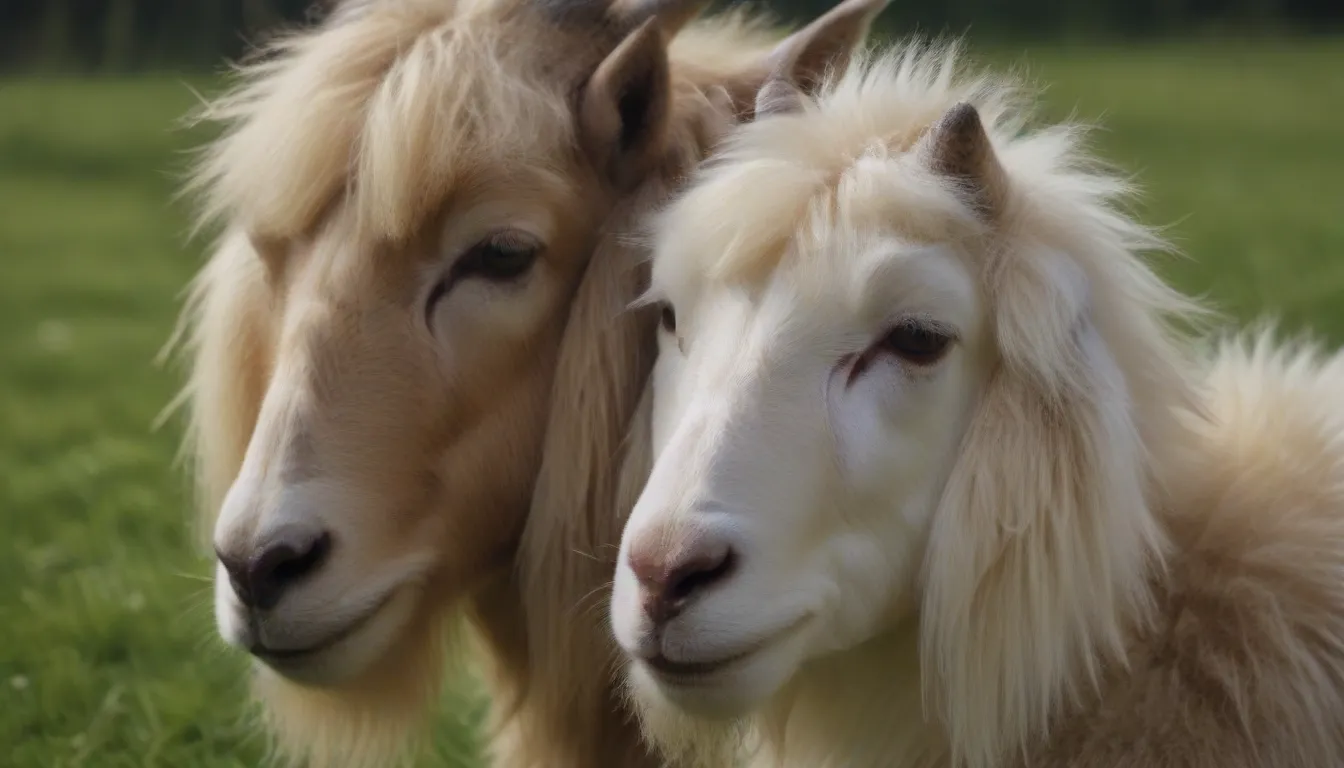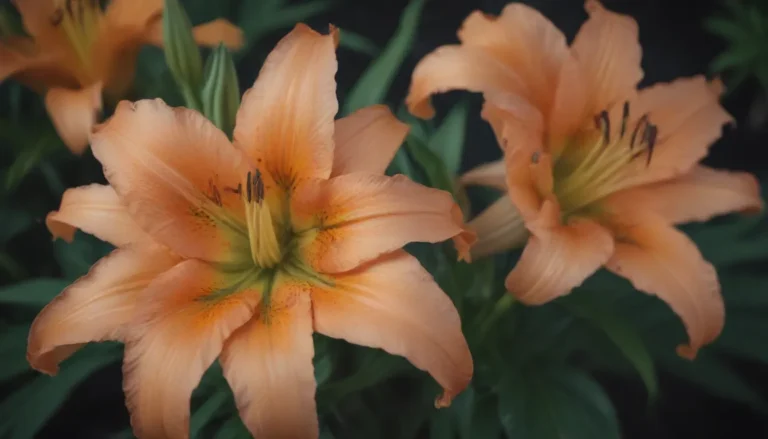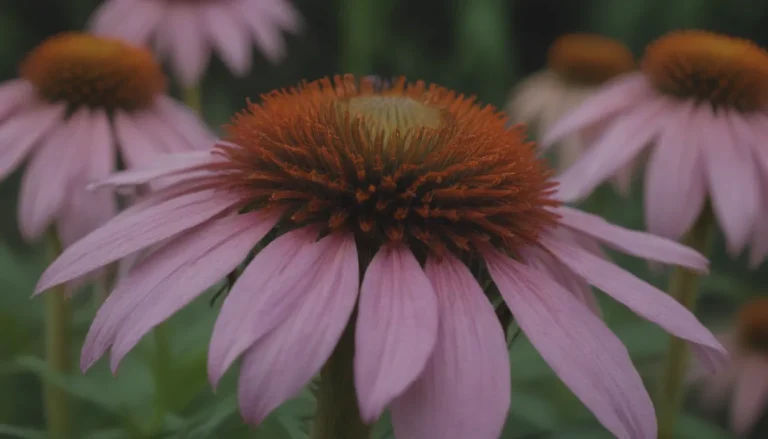Ultimate Guide on Growing and Caring for Goat’s Beard

If you’re looking to add a touch of elegance to your garden, consider planting goat’s beard. This medium-sized perennial is cherished for its stunning plumes, dark green foliage, and ability to thrive in various growing conditions. With its clump-forming growth habit and toothed, oval leaves, goat’s beard is a delightful addition to any garden landscape.
Planting and Growth
When it comes to planting goat’s beard, you have the option to do so in either the spring or fall. This resilient plant boasts a moderate growth rate, reaching heights of up to 6 feet tall. Keep in mind that goat’s beard is dioecious, meaning it has distinct male and female plants. The male plants tend to have more erect flower clusters, making them a favorite among gardeners. On the other hand, female plants produce tiny brown seed pods that are toxic to humans and animals. While nurseries might not always label the plants as male or female, simply wait until they bloom to discover their gender.
Goat’s Beard Care
Taking care of goat’s beard is relatively straightforward, but it’s essential to meet certain requirements to ensure its optimal growth and health:
Light
- In cooler regions, goat’s beard can thrive in full sun as long as it receives sufficient moisture.
- For warmer locations, partial shade is the way to go to prevent leaf burn.
- Shield the plant from intense afternoon sun to protect its delicate foliage.
Soil
- Goat’s beard thrives in loamy, organically rich soil.
- Aim for a slightly acidic to slightly alkaline pH level.
- Prior to planting, amend the soil with compost and peat moss to enhance richness and water retention.
Water
- Consistently moist, yet not waterlogged, soil is ideal for goat’s beard.
- Check the soil moisture by inserting your finger about 1 to 2 inches deep. If it feels dry, it’s time to water.
Temperature and Humidity
- This perennial thrives in temperate conditions, but struggles in hot, humid weather.
- During heatwaves, ensure the plant receives ample moisture to prevent stress.
Fertilizer
- For fertile soil, incorporating compost during new growth in the spring is usually sufficient.
- In cases of poor soil quality, opt for a balanced, slow-release fertilizer to promote healthy growth.
Pruning
To control the plant’s seed spreading, deadhead the flowers after they bloom. This not only helps maintain the plant’s shape but also prevents unwanted seed dispersal.
Types of Goat’s Beard
Explore different cultivars of Aruncus dioicus, each with its unique characteristics. From ‘Glasnevin’ to ‘Zweiweltenkind,’ these compact varieties offer a diverse array of options for your garden.
Propagating Goat’s Beard
While attempting to germinate seeds may not yield consistent results, propagating goat’s beard through division is a more reliable method. Splitting mature plants in the spring or fall, during cooler temperatures, can rejuvenate older clumps and promote new growth.
Potting and Repotting
Goat’s beard can thrive in containers, bringing a touch of beauty to your outdoor space. Opt for a sizable pot with proper drainage, ensuring the plant receives sufficient moisture. Consider dwarf varieties if space is a concern.
Overwintering
Within its designated hardiness zones, goat’s beard requires minimal winter protection. Allow the spent flower stalks to remain over winter for visual appeal, then trim them close to the ground before new growth emerges in the late winter or early spring.
Common Pests
Fortunately, goat’s beard is relatively resistant to pests and diseases. Keep an eye out for sawflies and caterpillars, which can be managed with insecticidal soap or manual removal.
How to Get Goat’s Beard to Bloom
Goat’s beard delights with its spring through summer blooms, attracting butterflies and bees with its cream-colored clusters of flowers. Maintain its bushy form by deadheading the spent blooms to prevent seed spreading.
Common Problems With Goat’s Beard
Although goat’s beard is typically low-maintenance, a few issues may arise:
– Keep an eye out for brown leaf edges, indicating potential sun overexposure or inadequate moisture.
– Regularly amend dry soil with organic matter to promote moisture retention.
– Remember to cut back stems in autumn and mulch with compost to protect the plants from harsh weather conditions.
In conclusion, goat’s beard is a versatile perennial that adds beauty and charm to any garden landscape. Its ability to thrive in various conditions, coupled with straightforward care requirements, makes it a popular choice among gardeners. Keep these tips in mind to ensure your goat’s beard flourishes year after year, enriching your outdoor space with its stunning plumes and foliage.





